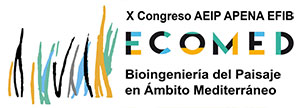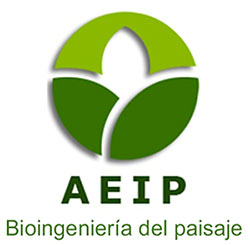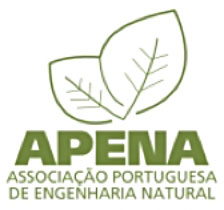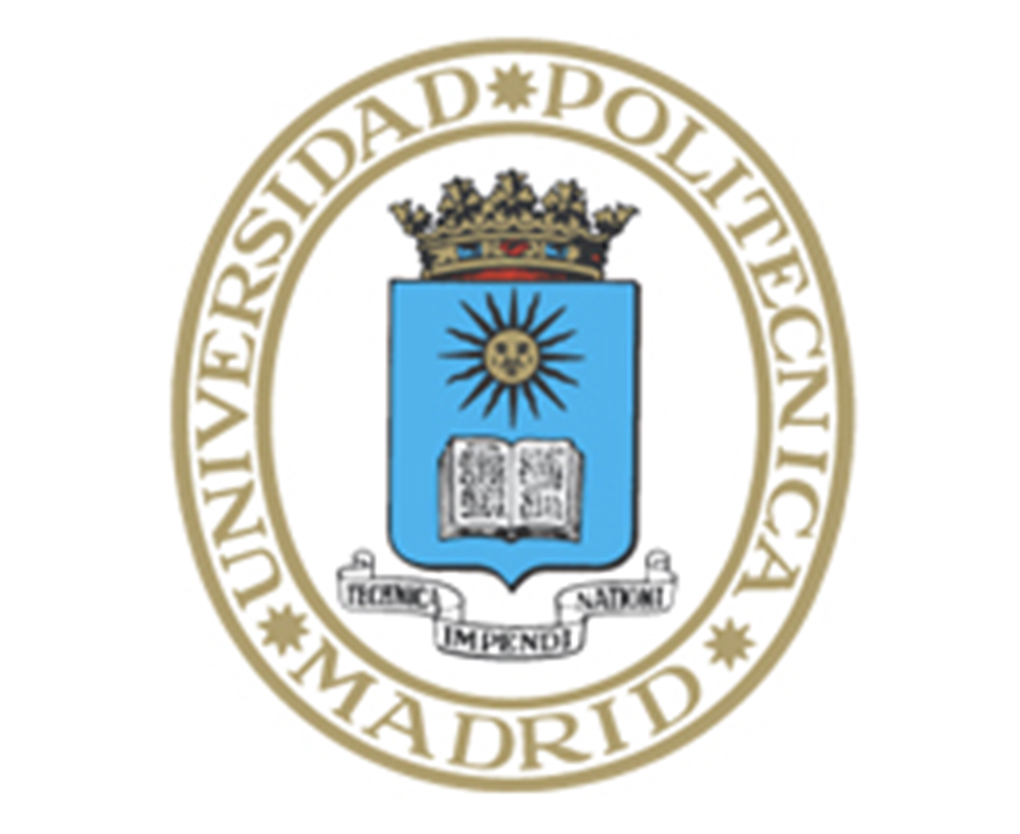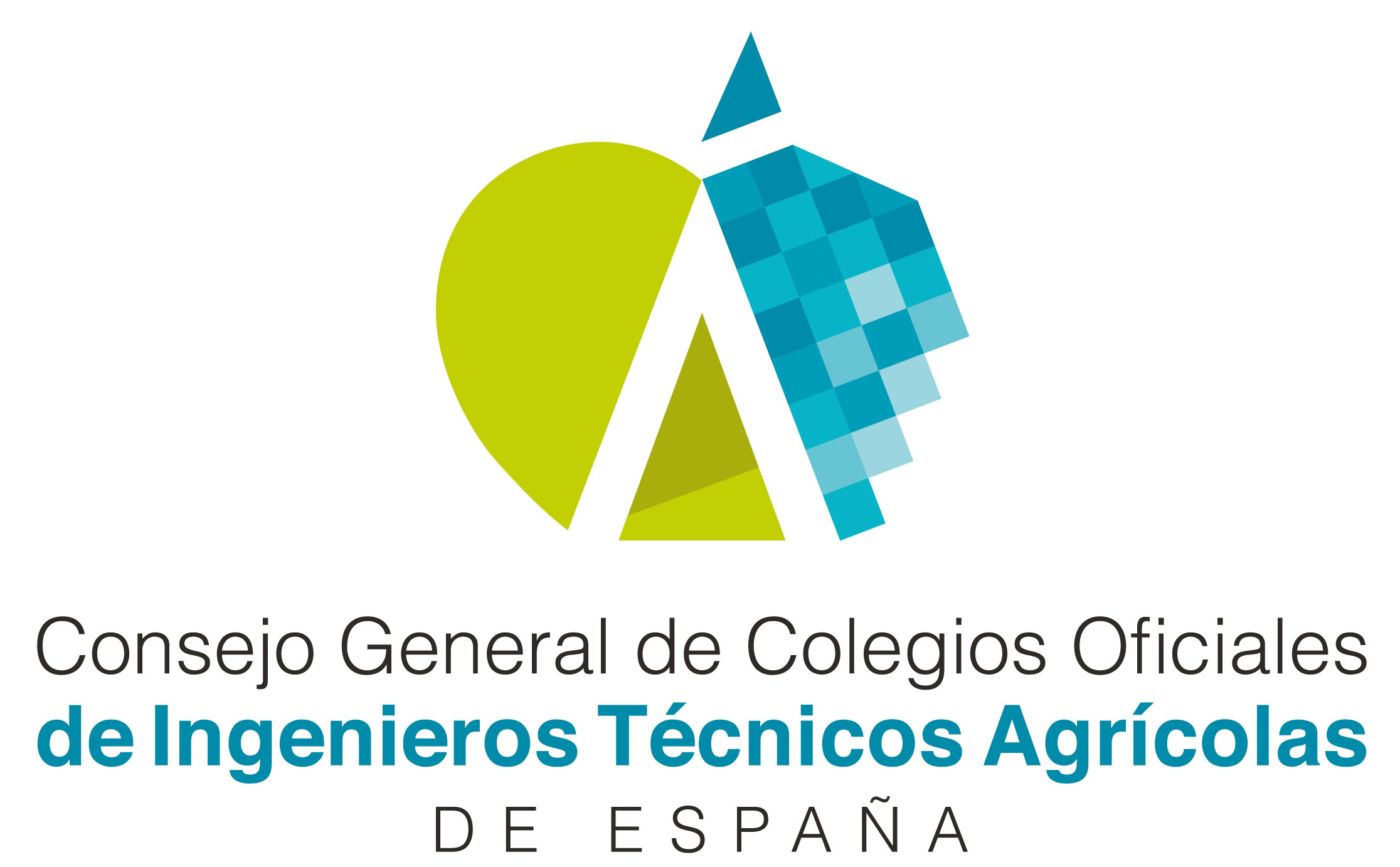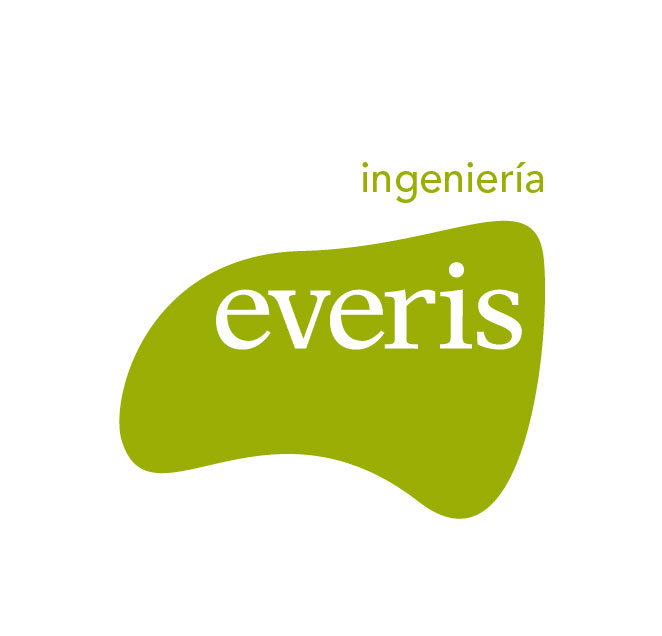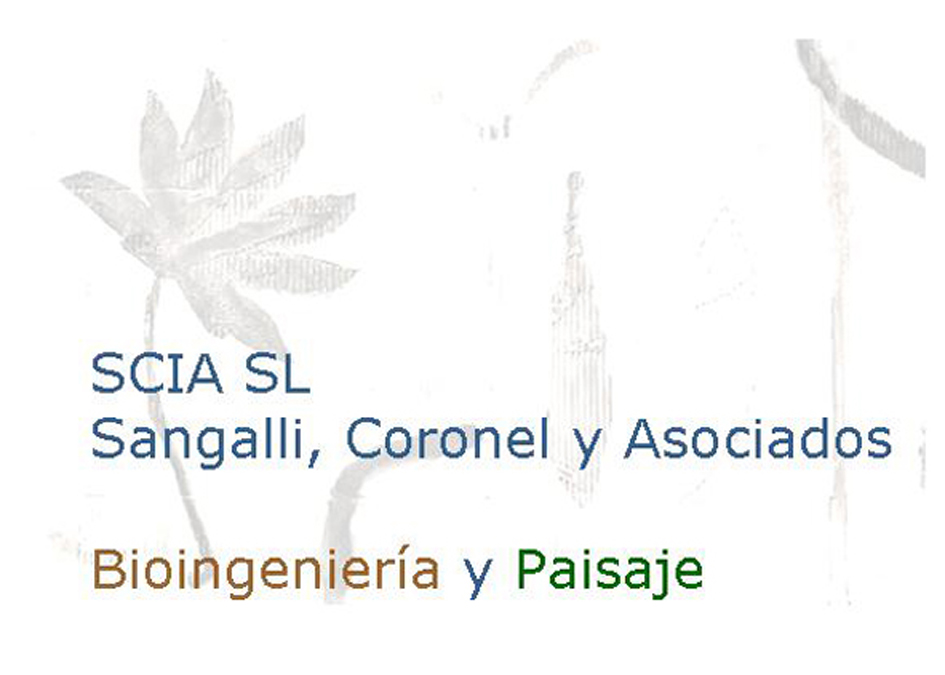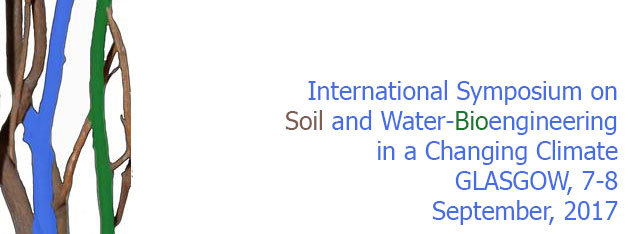
CONFERENCE CONCLUSIONS
1-Landscape bioengineering is a technology that solves many of the problems of coexistence between humans and their environment as a real alternative to classical engineering. In the Mediterranean environment, it is necessary to adapt the techniques to the particular situation of the project scope, adapting both the structures and the plant species, as well as the implantation techniques. Only with these adjustments are the techniques effective and the best alternative for the stabilization , erosion control and integration of the works
2- The Bioengineering project starts from the knowledge as a concept, analyzing the relationships between the ecosystemic components, and finding the causes of their degradation to DECIDE, establishing, in a clearly way, the project objectives, both technical and ecological, landscape and socioeconomic, acting in accordance with the deontological principles that determine a suitable objective in harmony with the ecosystem. The correct choice in project must therefore be based on the technical knowledge and deontological principles
3-The restoration of natural spaces requires multi and interdisciplinary participation, being necessary the incorporation and synergy of the different tools, integrating the hydromorphological restoration approach with techniques of landscape bioengineering and more traditional restoration techniques, being aware that the final objective is the attainment of functional ecosystems, in balance and with the greatest possible biodiversity, although it is not necessarily possible to achieve the regeneration of the original ecosystem. There are great possibilities for collaboration and exchange of knowledge and experience in the bioengineering sector.
4- Fluvial rehabilitation projects require, in addition to engineering, science and management of the empathy and enthusiasm of all the professionals involved, a multidisciplinary interaction, an active public participation, the necessary dissemination exercise, as well as an adaptive management , recognizing with humility that the solution is not always unique and absolute, and the responses of the system must be permanently evaluating.
5- Bioengineering is considered as a very useful tool when looking for compromise solutions between the mitigation of natural risks and the ecological improvement of the intervention areas. Likewise, the bioengineering approach allows facing the current ecological and climatic challenges, being, actually, Nature Based Solutions (NBS) that allow the regeneration of ecosystems and, therefore, of ecosystem services, being in the base of the construction of the green infrastructures as much in urban area as in the periurban one.
The type of interventions shown is more comprehensive, and multiple ecosystem services are sought, apart from the functions of erosion control and stabilization of hillsides and / or riverbanks.
6- Landscape Bioengineering solutions are adequate solutions in the adaptation to climate change, because although they require energy for construction, the net balance is positive thanks to the use of plant material and/or proximity materials, saving energy compared to conventional engineering structures.
7- The bioengineering of the landscape is increasingly well received within the business world, administration and academia, as has been proven during the realization of the ECOMED project. It is still necessary to disseminate the benefits and possibilities of bioengineering techniques and, for this, the evolution of the knowledge triangle of the sector is key, consisting of training centers, research centers and professionals who design and execute the solutions. The combination of ECOMED and the existing professional associations represented by the European Federation of Landscape Bioengineering, EFIB, offers very good synergies and possibilities to move forward in this regard.

MADRID 21,22 and 23th November 2018
Escuela Técnica Superior de Ingeniería de Montes,
Forestal y del Medio Natural UPM
Soil and water bioengineering comprises a series of techniques involving the use of plants or cut plant material, alone or in combination with inert materials, as a construction element within the field of environmental restoration. Bioengineering is used in all areas of civil engineering, especially in the scope of slope and river bank stabilization, and erosion control. The name comes from the German word ‘Ingenieurbiologie’ and, in Spanish it is translated as landscape bioengineering.
From the very beginning of the ECOMED project development, the Spanish and Portuguese Soil Bioengineering associations, AEIP and APENA respectively, as well as the Soil Bioengineering European Federation(EFIB) have supported and collaborated in the activities organized within this initiative framework(e.g., symposia, workshops, conferences,…).The ECOMED project will reach a featured point with the celebration in November of the X AEIP-APENA-EFIB-ECOMED conference: Soil and Water Bioengineering in the Mediterranean ecoregion.
In this conference, not only the main results of the ECOMED project will be presented but also the first edition of the ECOMED-EFIB Awards will be celebrated.
Conference languages: English and Spanish
